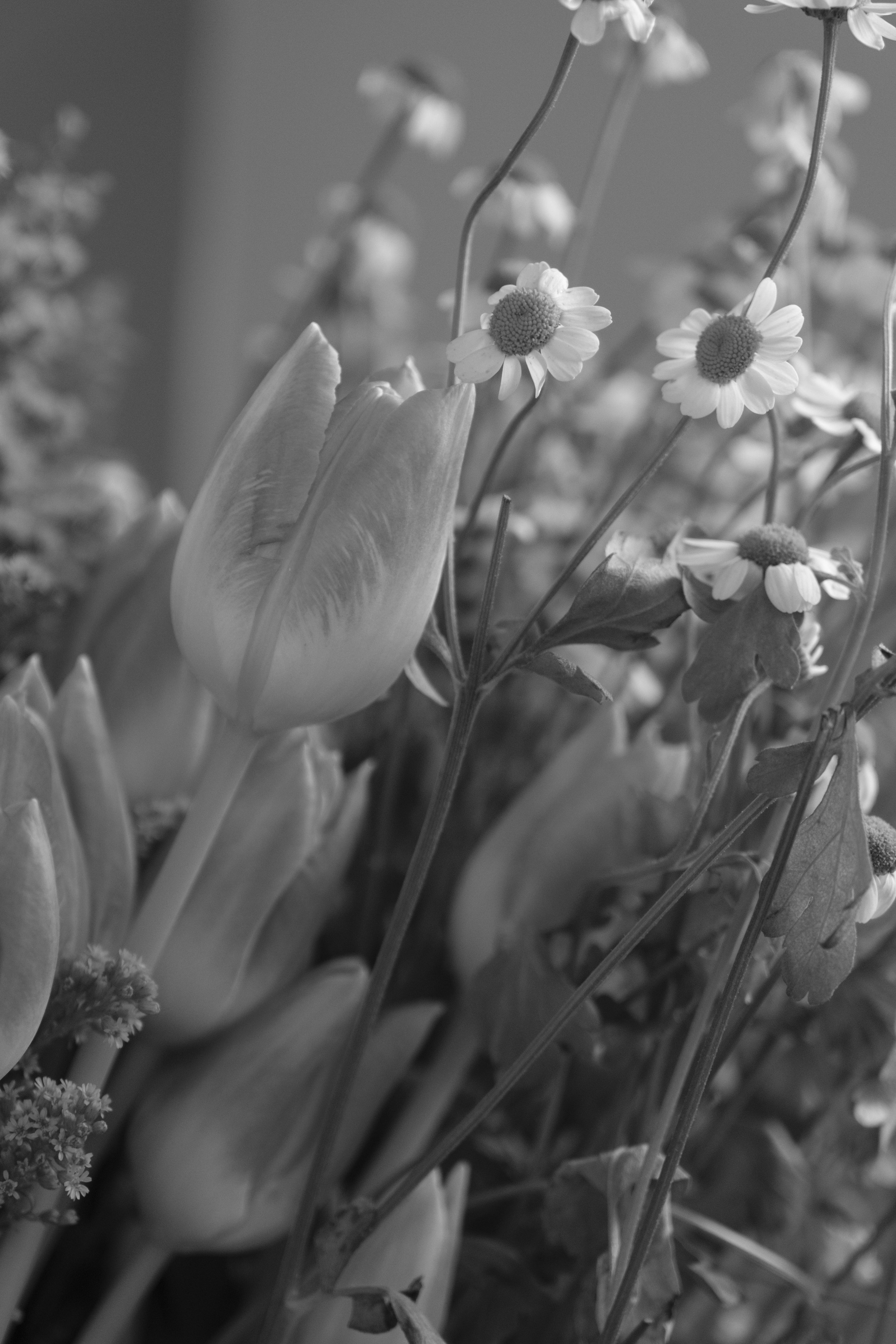Fujifilm X-T5: Things to know about Film Simulation
I love the new FujiFilm X-T5, but there are something’s that the Fujifilm manual simply doesn’t explain! Let’s go over a few things that are very helpful to know when you purchase a FujiFilm X-T5!
Film Simulation
Film simulation is a fun touch to the Fujifilm X-T5. This is a setting in the camera that basically gives you filters to put over you picture while they are in camera. There are many filters that emulate a film like quality, which is pretty cool considering you can look at them right after they have been taken! This simulation does allow you to shot in Raw, although after being converted to lightroom/computer the simulation can not be transferred to a JPEG. Basically, if you want the filters saved onto the pictures you can only shoot in JPEG format. Which means you can still edit them, but you don’t get the advantages of shooting in
The filters that come available on this camera is:
Provia/Standard: Ideal for a wide range of subject (this is the default)
Velvia/Vivid: Vibrant reproduction, ideal for landscape and nature.
Astia/Soft: Softer color and contrast for a more subdued look.
Classic Chrome: Soft color and enhanced shadow contrast for a calm look
Pro neg. Hi: Ideal for portrait with slightly enhanced contrast.
Pro Neg. Std: Neutral tonality, ideal for portraits with soft gradations and skin tones
Classic Neg.: Enhanced color with Hard Tonality to increase image depth.
Nostalgic Neg: Amber tinted highlights and rich shadow tone for printed photo look
Eterna/Cinema: Soft color and rich shadow tone for film look movie.
Eterna Bleach Bypass: Unique color with low saturation and high contrast.
Acros: Shoot in Black in White in rich details with sharpness
Acros+Ye Filter: Slightly enhance contrast and darkens skies
Acros+R Filter: Enhances contrast and darkens skies considerably
Acros+G Filter: Produces pleasing skin tones in portrait
Monochrome: Shoots in Black and White
Monochrome+Ye Filter: Slightly enhances contrast and darkens skies
Monochrome+R Filter: Enhances contrast and darkens skies considerably
Monochrome+G Filter: Produces pleasing skin tones in portrait
Sepia: Shoots in Sepia Tone
There are reasons I also find this unreasonable. With photographers that are experienced with editing and can get the same look in lightroom/photoshop I find it a little useless. The filters like Black & White and Sepia are probably the most problematic considering they are shot in camera so there is no way to take this filter to color. If you are not a big fan of out of camera editing, than this is for you! Otherwise this is just another addition that is a little useless.



















